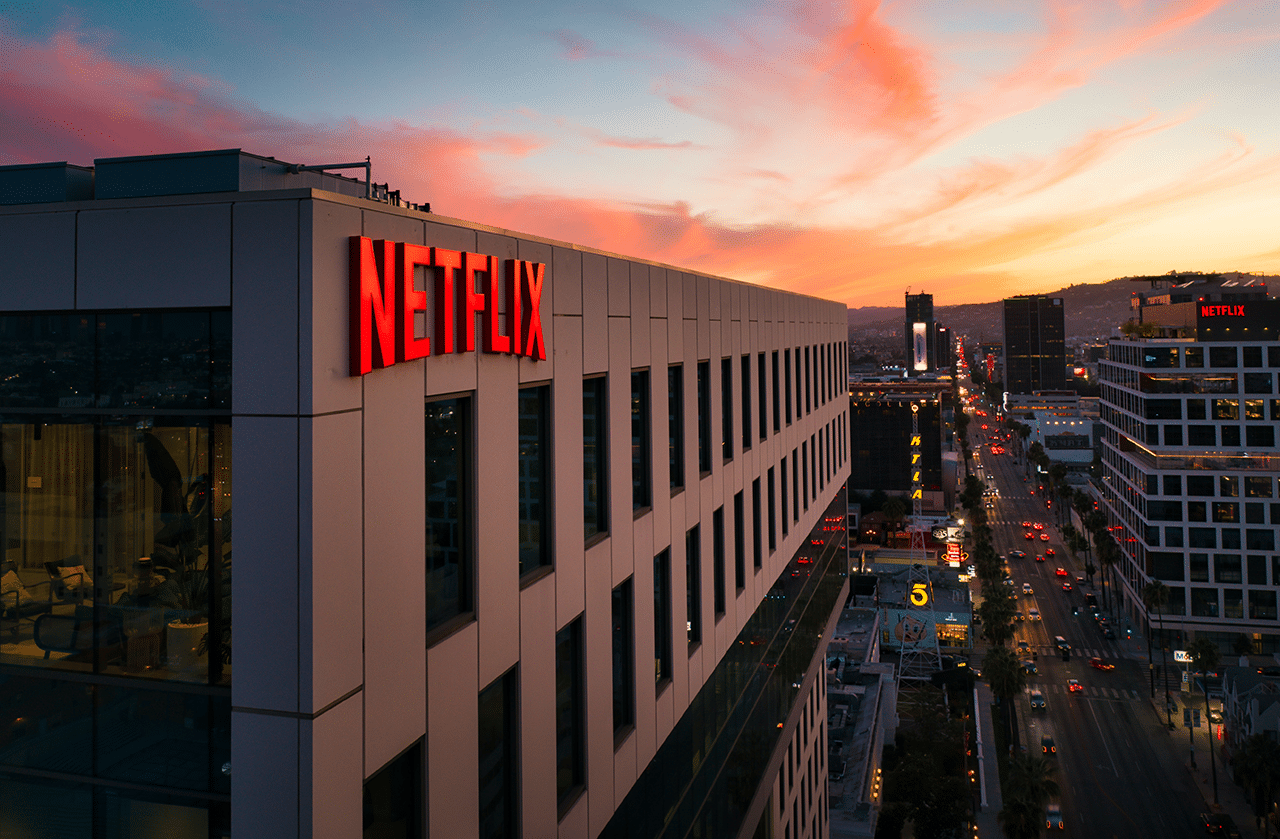In any marketing conversation you’re bound to hear someone bring up the old adage: “you can’t be everything to everyone.” Doing so makes you nothing to no one, or so the saying goes. But how many companies are brave enough to act on this principle?
It is easy to talk behind closed doors about actively choosing to not target specific audiences, and quite another to actually execute campaigns and messaging that may effectively eliminate you from consideration for future business. This is how McDonald’s ended up serving salads no one bought, it’s how one of the greatest flops of all time, “new Coke,” happened. Coca-Cola is generally thought of as one of the most successful brands in history, and even they got sucked into the idea that you need to change to find new customers. The question is: at what cost?
Whenever you address a new market or audience, your current customers will ask the question, “do I still fit with this brand? Do they still serve me and my needs?” When you have built up credibility and strong brand loyalty, this question is a whisper. Address too many new markets too quickly, and you’ll feel the effects of slow sales, lower customer loyalty, and decreasing momentum in your business.
Even worse, if you try to be everything to everyone from the very beginning, you’ll fail to win any market. You have to pick an audience to target and tailor your marketing message for them. Here’s why.
Targeting everyone creates brand confusion
As we’ve evolved, our brains have learned to lump things we see and interact with into general categories—dangers to be aware of, things that are enjoyable, edible goods, anything and everything you can imagine. This helps prevent us from becoming paralyzed by decision making. Unsurprisingly, brands and products are also affected by this system.
You cause brand confusion by trying to target everyone. To continue the McDonald’s example, when they first introduced salads to the menu, they were working to target an entirely new customer base: those who want healthy food. The issue here is that McDonald’s has stood for convenience, speed, and consistency forever. When you go to a McDonald’s, you’re looking for a very quick, portable meal that won’t slow down your road trip or take up much of your work day. If that’s what you associate with McDonald’s, and then they start offering salads—hard to eat on the go, and not all that fast—why would you even consider buying them?
On top of causing confusion, when you begin targeting an unrelated customer set, your brand feels inauthentic—to both the people already buying from you, and those you’re trying to target now. New Coke was an attempt to appear modern compared to the fresh view of Pepsi. Except Coke didn’t need to do that. Their customers felt betrayed by the change in formula, and anyone who wanted to rebel against the established and storied brand of Coca-Cola was already drinking Pepsi. It wasn’t about the taste, it was about what the brand stood for. Changing that attracted nobody and just upset Coke’s loyal brand followers.
Earn the right to expand your market
A natural question to ask is “if we target one group, can we later grow by targeting more groups?” Consider Amazon as perhaps the best example of expanding from one small offering to, well, the entire world of consumable goods. When Amazon started, they sold books online. That’s it. Then they branched out into consumer electronics, and then added their leading revenue maker, Amazon Web Services.
If Jeff Bezos had launched Amazon as an online bookstore and provider of business networking infrastructure from the start, would that combination have made sense to anyone? Would anyone have trusted that the software was any good? Personally, I would have been entirely lost—and I expect the executive teams who decide to purchase AWS for their business would have felt the same way.
You don’t just get the entire war chest at the beginning—you have to earn the right to expand your target market. A great example of doing this successfully is Lululemon. When Lululemon was founded in 2000, it made only yoga clothing specifically designed for women. Talk about niche. After becoming known for making exceptionally comfortable, durable, and high-performing yoga clothing, Lululemon expanded into other areas of fitness including running, cycling, and weight training with a focus on a CrossFit-loving clientele. It was only after dominating the women’s activewear market that Lululemon moved into men’s clothing. They first became the go-to brand in one segment of one part of the activewear industry and then, slowly but surely, grabbed more and more market share from adjacent segments.
Growth has costs—more so if you overreach
Even a brilliant business mind like Jeff Bezos has had to struggle with the growing pains of rapidly expanding into new markets. As recently as October of 2019, Amazon has conceded profit to fuel growth. Very often, Amazon has entered a market by first offering a product on its platform, and then figuring out how to produce it cheaper themselves at a similar quality, and then offering their own line. This is how AmazonBasics came to be, and it certainly ruffles a few feathers—and clears out a few checkbooks along the way.
Additionally, investing in growth means having less liquid cash readily available. Having cash is an asset, especially during tough economic times, as we are all acutely aware. Access to capital is cheaper due to low interest rates, and typically weaker competition is pushed out of the market—freeing up superior talent you can bring into your organization, not to mention customers suddenly looking for options. Those with cash come out on top as growth and expansion become more readily accessible. If all of your capital is tied up in playing in a few too many sandboxes, you’re in a bad position to take advantage of these opportunities as they present themselves.
Long-term growth and scale requires patience and honesty
We all want to be the next Lululemon, a small business turned public company with massive numbers of loyal fans across various market segments. But is your business truly ready for that? Have you earned that sort of success?
No doubt, success to that degree requires a bit of luck at important moments. But, even moreso, it requires smart strategic thinking about who your buyer is, and how you can wow them time and time again. It requires the patience to recognize that just like a human relationship, your brand will not be loved by everyone in a day. It requires the patience and discipline to see your strategy through and to adjust when needed. And it requires the honesty to recognize that you’re simply not capable of being everything to everyone—which is completely okay.
Own your share of the market. Serve the people only you can uniquely serve, and do it with excellence. Make their lives better each and every day, and when the opportunity arises to strategically move into an adjacent market and improve that customer’s life as well, take it with confidence. But earn it first.





